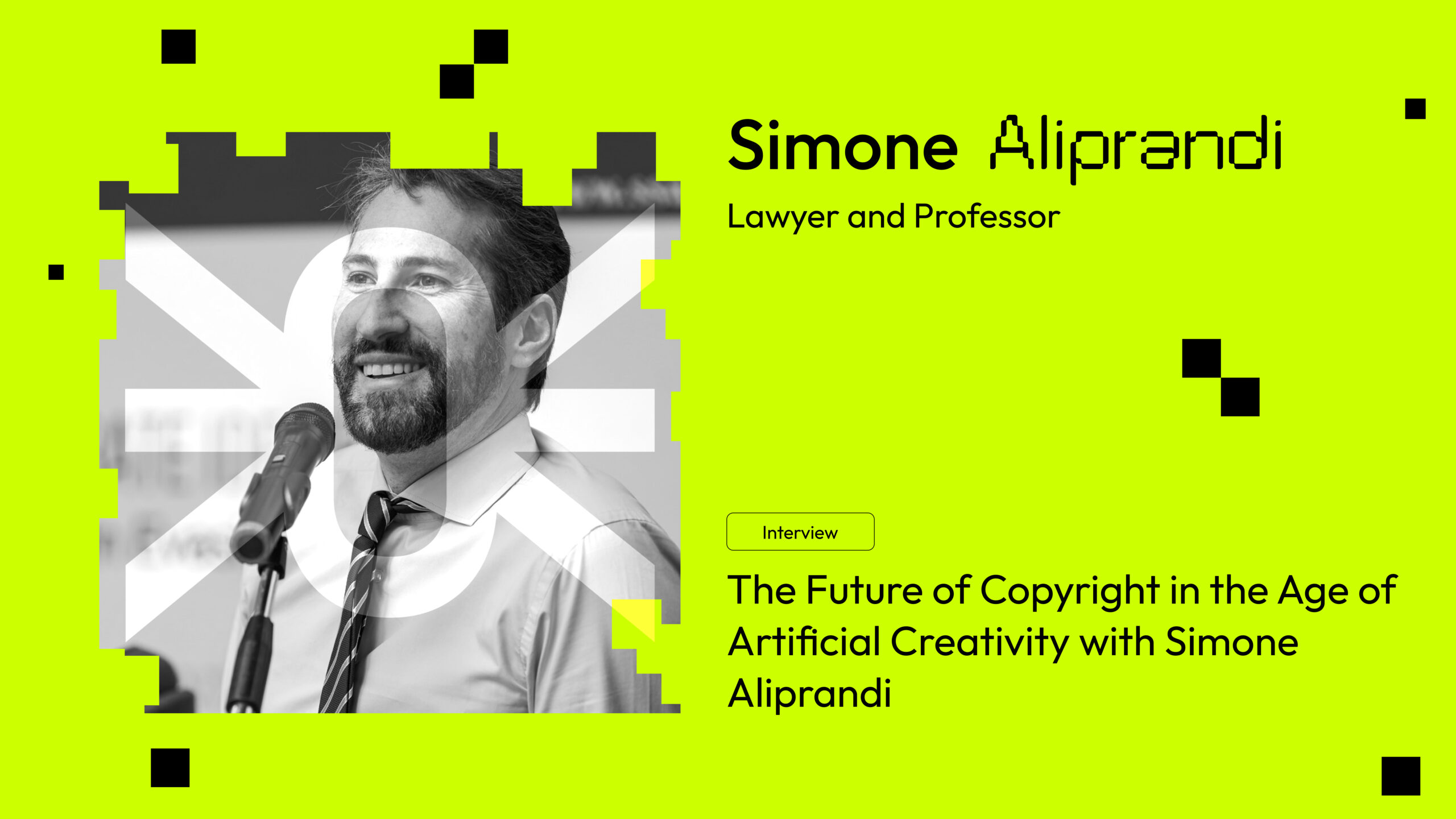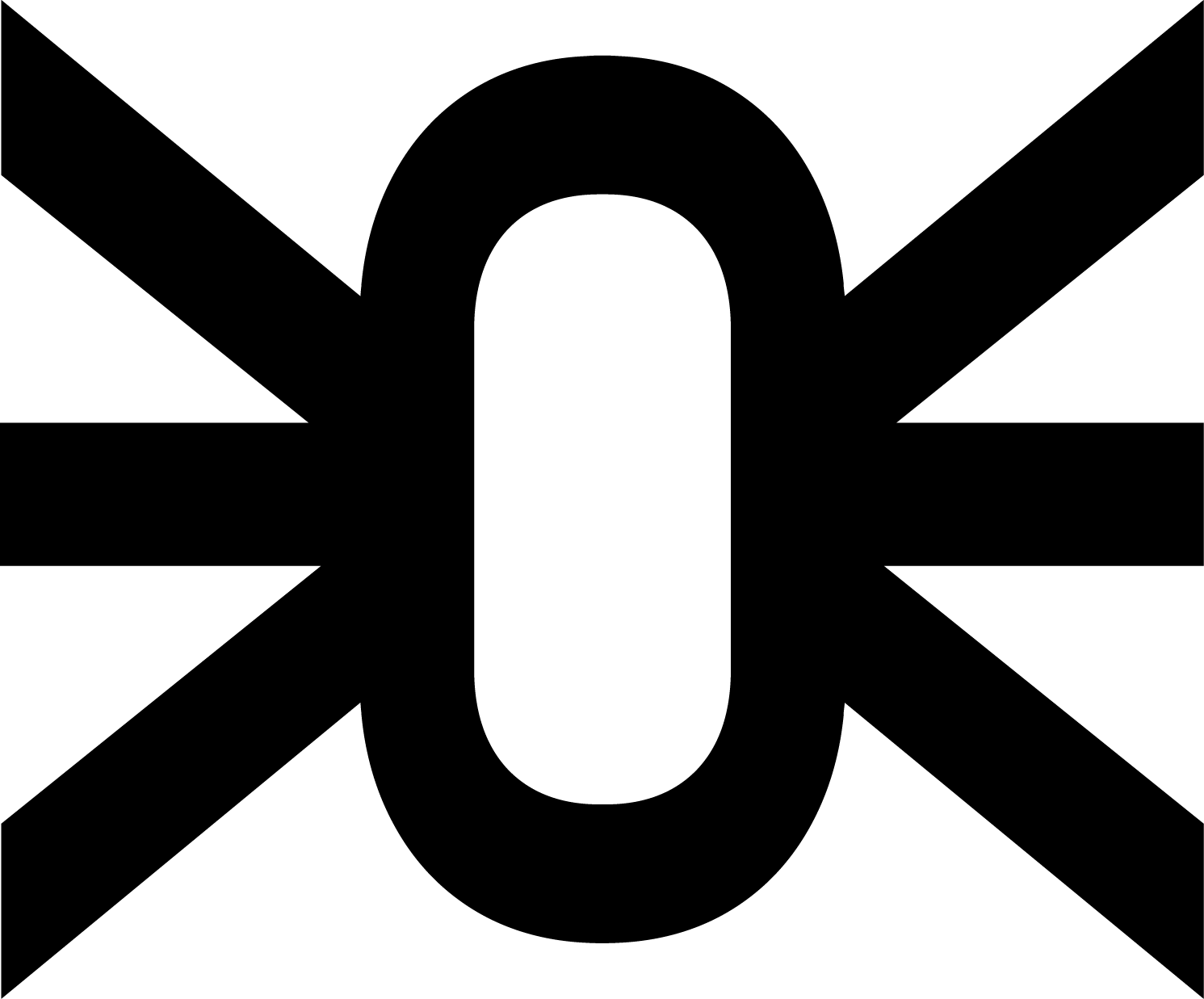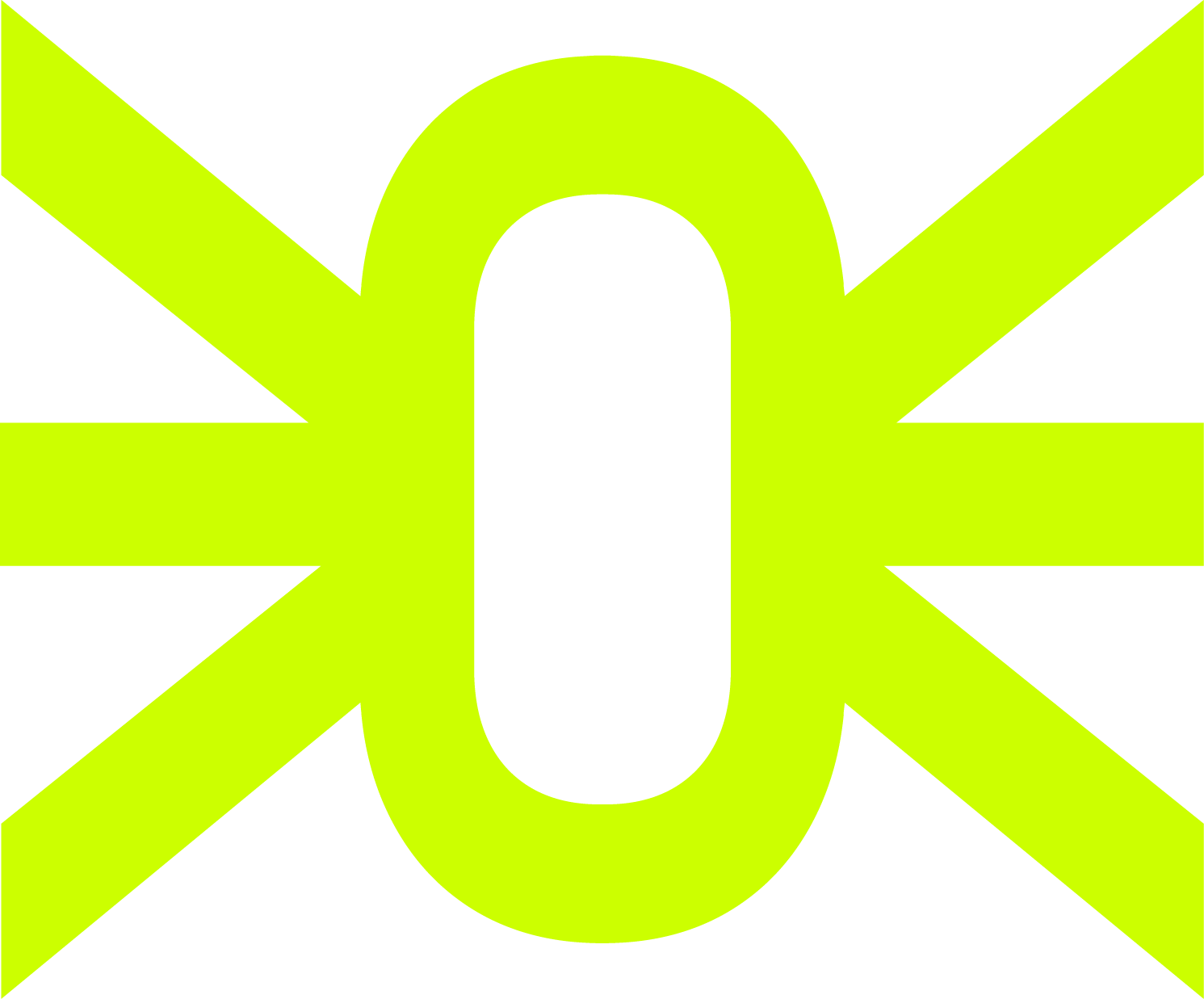The Future of Copyright in the Age of Artificial Creativity with Simone Aliprandi

We’re back with a new interview curated by Francesco Ceridano, founder of Aracne, who this time sat down with Simone Aliprandi—lawyer and professor. Aliprandi delves into the legal challenges surrounding artificial intelligence, the future of copyright in an increasingly digital world, and the complex issues involved in protecting brand identity in the age of extreme personalization.
Could you tell us a bit about yourself and your professional background? How did you come to specialize in copyright law as it applies to new technologies and artificial intelligence?
“Since high school, I’ve always had a creative streak: I enjoyed writing, making music, and organizing cultural events. This interest carried through into my university years (when I completed my first law degree), where I chose elective courses focused on creativity and communication. This led me to write my thesis on industrial law—a field that, despite its formal name, includes aspects of copyright, advertising law, and new technologies. After graduating with a law degree from Pavia in December 2003, I began my consulting work, but I also started teaching and publishing. In 2004, I enrolled in a second degree in Public Administration Sciences at Pavia, and in 2005, I published my first book on the concept of copyleft and the new challenges for copyright in the digital age. In September 2007, I passed the bar exam in Milan and started collaborating with a few law firms there.
I completed my second degree in April 2008 with a thesis on Public Administration IT, focusing on interoperability and open standards (which also became a book). In September of that same year, I started my PhD in Information Society at Milan Bicocca, completing it in January 2012. This path also offered me a fundamental experience abroad; in 2011, I completed two internships with leading non-profit organizations in San Francisco (Creative Commons and Exploratorium), which totaled five months.
Following my PhD, my academic collaborations gradually expanded, and today I hold faculty positions at three important Italian institutions: ISIA in Florence (for the seventh year), the University of Bologna (for the second year), and the University of Milan-Bicocca (starting this year).”
How is artificial intelligence impacting copyright law? What do you see as the main challenges and opportunities in the use of AI in the creation of content and intellectual works?
“In the past few years, most of the seminars and public talks I’ve been asked to give focus on this topic—a clear sign of how generative AI is perceived as disruptive for copyright and content creation in general. In my talks and publications, particularly in my recent book “The Artificial Author,” I refer to it as one of the most formidable challenges copyright law has faced in its nearly 300-year history. The digital and online revolutions of the past 25 years have already placed copyright (literally “copy-right”) in jeopardy, as we’re now in an era where the notion of “copy” itself has become fluid and elusive due to digital and telematic connections.
Generative AI is undermining another foundational pillar—the most important one: creativity itself, which, until recently, was seen as an exclusively human domain. Today, this realm is increasingly intersected by non-human influence. AI systems have now learned to emulate human creativity to such an extent that even experts with a keen eye find it challenging to detect where human input ends and machine input begins. This blurs the lines for copyright law, which has historically been anthropocentric and requires a tangible, creative effort from a human being for protection to be granted. The challenge for copyright, then, is to navigate this period of upheaval and adapt to new definitions of creativity and perhaps even a new concept of “author,” no longer strictly human but often hybridized with machines.”
Recently, the fashion giant Shein was accused by artist Alan Giana of using artificial intelligence to recognize and replicate copyrighted works without authorization, raising important legal questions. How do you see cases like this evolving in the fashion sector, and what legal tools could be used to prevent such violations in the future?
“The Shein case joins a long list of lawsuits filed in recent years as a result of advancements in generative AI systems. Typically, these cases target the companies that develop AI systems, accusing them of training their models using vast amounts of data without securing the necessary licenses, thereby infringing on intellectual property rights. AI companies frequently defend these practices by citing the principle of fair use (arguing that training constitutes transformative activity that does not compete with the original works), which allows them to operate without obtaining permission from the rights holders.
The Shein case, however, seems distinct, as the legal challenge from Alan Giana is directed not at the developer of the AI system but at Shein, the entity that used the AI to replicate copyrighted works. From what I gathered by reading the complaint, Shein’s actions can be attributed to an automated algorithmic system that searches for creative works and reproduces them on a massive scale. In the lawsuit, it’s noted that “to churn out new items at such a feverish pace, the outputs of Shein’s algorithm-based design system—often identical copies of copyrighted works—are sent directly to Shein’s factories for production, without any human intermediary or compliance check to ensure that these designs are not the property of others.” It’s a fascinating scenario that, however, brings us back to a more classic issue of copyright infringement, design rights, trademark rights, and perhaps even unfair competition through deceptive business practices; essentially, this is about the systematic copying of works and products rather than creating works using AI.”
With the advent of artificial intelligence, anyone can create high-quality multimedia content, such as videos or images, that might include famous brands. What risks could arise from unauthorized content that could harm brand image? And how can the law protect trademarks from potential misuse?
“Trademark law is a completely different matter compared to copyright; the two fields operate under distinct principles and regulatory mechanisms. Trademark protection, understood as a distinctive sign, aims to create an association in consumers’ minds between a product and the company that produces or markets it. Placing a logo, symbol, or distinguishing sign on a product or its packaging serves to establish a memory in consumers and enables them to distinguish among the various products available on the market.
In certain cases, even the shape of a product may be considered a trademark; this is known as a “trade dress,” which is especially relevant in the fashion and design industries. For instance, a consumer might recognize a Chanel handbag solely by its shape and materials, even without the logo, or identify a Dior perfume just by the shape of the bottle. This is the effect of trade dress protection. Holding a trademark gives the owner exclusive rights to its use and commercial exploitation; as a result, other parties must first obtain the owner’s permission and, in many cases, pay a fee in return for this license.
It is likely that a brand owner would be displeased and thus consider legal action if AI-generated content (an image or video, for instance) were to replicate an element protected by its trademark rights in a way that could confuse consumers into thinking the content was genuinely approved by the brand. This would be different from an AI-created image that uses the trademark only descriptively or “narratively.” Imagine a graphic novel created with AI where a character in the story wears shoes with three parallel stripes on the side. Would Adidas be able to claim a trademark violation in such a case? It would be different if that same image were used on an e-commerce site selling sports apparel, potentially misleading buyers into believing that those images depict genuine Adidas shoes for sale.”
A few months ago, I wrote an article exploring the trend of extreme personalization through artificial intelligence. This trend risks erasing distinctive brand elements, diminishing their visual identity. What legal challenges might arise from this level of personalization? Do you think trademark protection or the distinctive elements of a brand’s identity could be at risk?
“That’s an interesting question, and I’m not sure if a lawyer is necessarily the best person to answer it, as this seems more like an issue of communication strategy and business model than one of rights protection. From a trademark law perspective, brand owners are investing heavily in strengthening their brands. The stronger a brand is (meaning it has a stronger evocative impact on the target audience), the greater its chances of being legally protected. In this sense, this new trend seems to be moving in a direction that allows for greater flexibility regarding a brand’s distinctive power, balanced by increased visibility connected to the current “artificial intelligence” hype (which may fade in the coming months) and the element of “gamification,” which is becoming increasingly present in business models.”
The interview topics were partially covered in the presentation “AI, Copyright, and Fashion: Some Reflections in Light of the Shein Case,” which Simone Aliprandi delivered during the roundtable discussion “Fashion and Artificial Intelligence: A Liquefied Future?” organized by Aracne for the DigitalMeet 2024 event in Florence. Below, we provide the slides used [https://zenodo.org/records/13984454], and the link to the youtube video with the complete speech: https://www.youtube.com/watch?v=AU-78mC1m5s&list=PLYoUkCOw_SXjLVOM7Zaim02DeUD6aYQ9Y&index=6
The contents of this page are released under the terms of the Creative Commons Attribution Share Alike 4.0 International license


